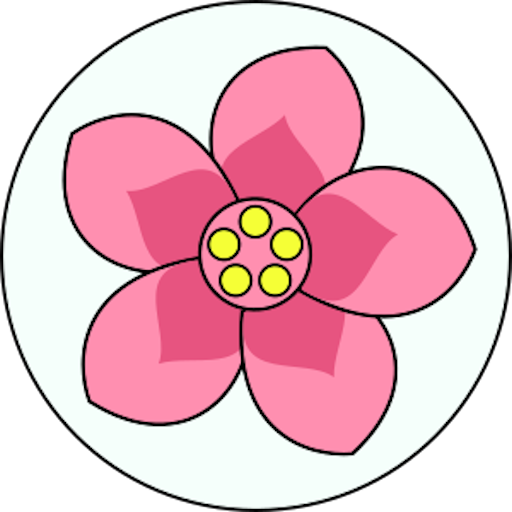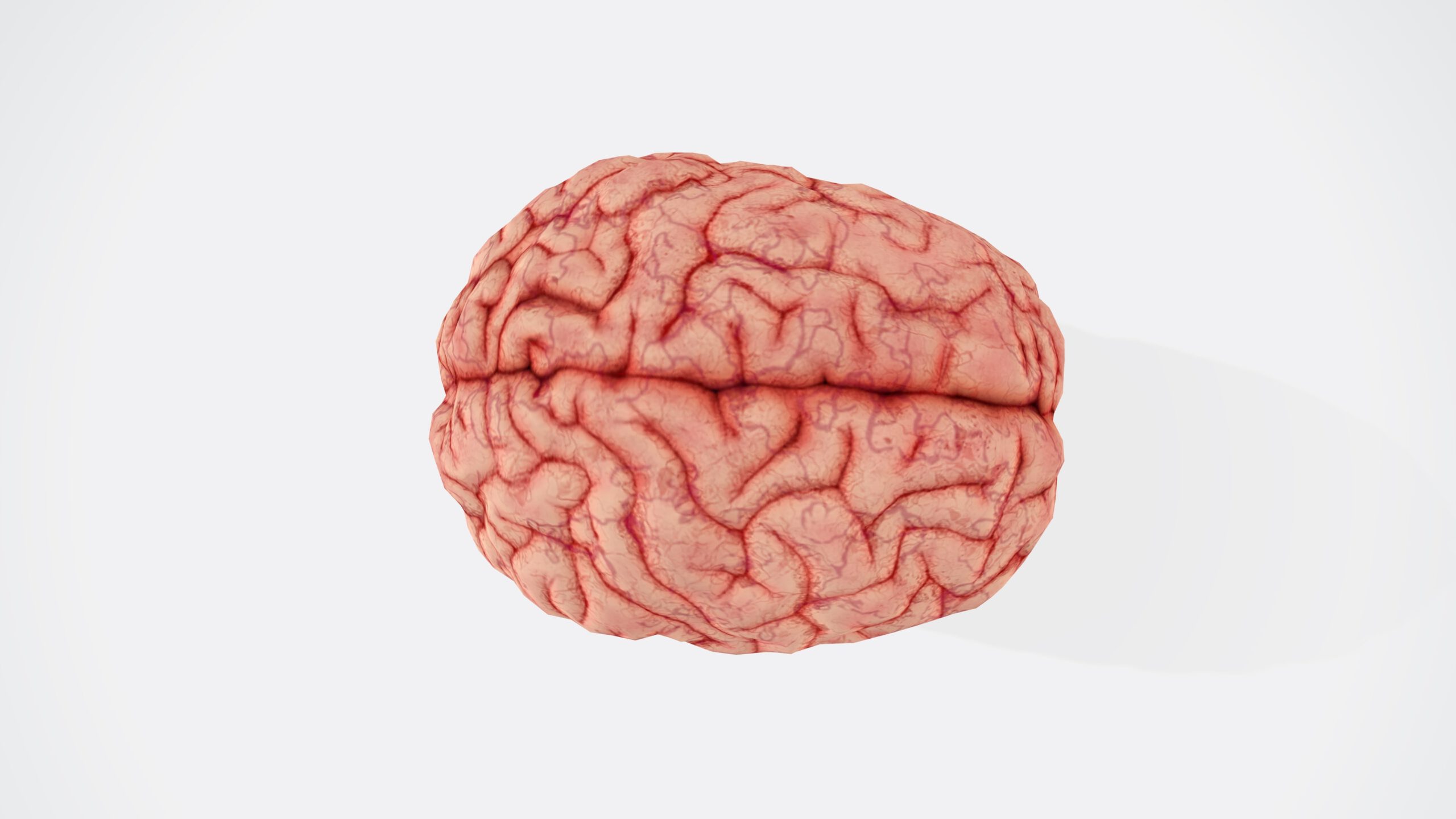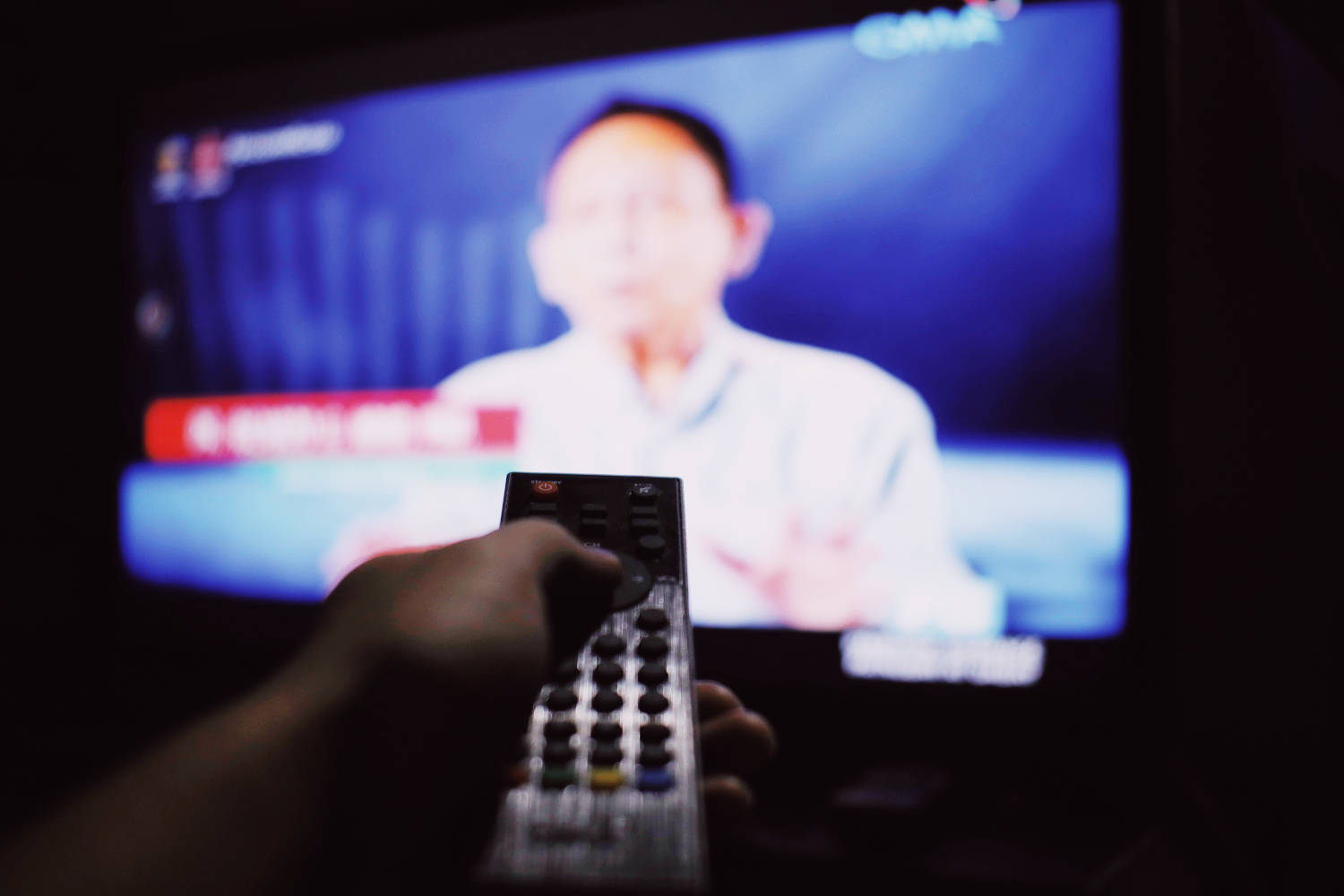When one of the senses picks up an external stimulus, it triggers certain neurons that, I assume, correlate to these senses. This must lead to the firing of neurons and the creation of the signal. But in what direction does this signal go? And what does this have to do with plasticity? In this article, I want to explore the idea that these signals must interact with each other. This would mean that all stimuli that excite the brain at the same time, work together to create a direction of a signal into the brain. I therefore want to introduce a term for these stimuli that work together: the micro memory. This article is part of a series of articles Just like in the previous articles, I want to warn you that this is speculation. I am not a neuroscientist and do not know to what extent this article is true. I just want to explore an idea that I think might be possible, if not in the way as described below, then maybe in some other way.
If one neuron in a field of neurons with uniform synaptic plasticity would constantly fire because of an external stimulus, it would create a ripple effect in the field of neurons. As the first neuron repeatedly fires, it starts to make all surrounding neurons fire. Because plasticity is the same all over the field and with the assumption that all neurons are the same, this would mean that all neurons around this neuron would fire. Because the peripheral neurons need multiple excitements from the sender neuron, the peripheral neurons will fire at a lower frequency. After a while, the peripheral neurons will make their peripheral neurons fire. This will go on until a boundary is reached where the frequency is so low, that the “outer edge neurons” repolarize before the next signal comes. They will then never fire. However, increased plasticity will make this boundary shift further and further away from its source, since it takes less effort every passing to make neurons fire.
If there is a second stimulus exciting a different neuron, the signal might reach even further. If the boundary of the second stimulus is in reach of the first, they will reinforce each other, making the ultimate boundary even further away. A lower frequency firing neuron from one stimulus can cooperate with one of the other stimuli to make a third neuron fire that otherwise wouldn’t have fired. But even better, the signal gets a certain direction. Though the direction might not lead through a direct path, because it still makes peripheral neurons fire, the rough and broad direction it takes will be directly related to the position of the externally stimulated neurons in the field of neurons. This means that different sets of neurons that are triggered by different external stimuli will make different and unique signals with different and unique directions, or so it seems to me.
Add a third and a forth stimulated neuron, and the pattern becomes even more complex. Because the pathways of plasticity that are created by these signals, I would argue that it is almost as if the path of the signal acts as some kind of derivative value of the location of the stimulated neurons in the neuron field. The more stimulated neurons that form the pattern, the more direction it gets, and the further it can go, if the stimulated neurons are positioned properly.
This is how I visualize the workings of a newborn’s brain. The neurons of its brain form the “uniform” neuron field, uniform meaning void of plasticity change. The stimuli are picked up by the newborn from sensing its environment. The senses are connected to the neuron field and create the excitement for the neurons that need to be excited. This will carve out pathways of plasticity with a certain direction, depending on the stimuli.
It is of crucial importance that these stimuli coming from the senses cooperate to create a signal with a direction. For this, we need the concept of the micro memory.
Micro memory
When a newborn starts to first observe the world around it, it has nothing to compare it to. The newborn does not have memories at all. It cannot recognize any shape, because there is no memory of shapes. It cannot recognize any color, because it has no memory of color. I will also speculate that the newborn has absolutely no “genetic” knowledge of any shape. It has to pick this up from external stimuli.
What the baby does do, however, is to excite the neurons in the brain by using its senses to pick up its surroundings. When a baby observes the world around it, its senses will trigger multiple neurons at the same time in its brain. These neurons interact with each other to form a signal with a direction. These stimulated neurons that are triggered by the senses at the same time, I want to call a micro memory.
Micro memories can also interact with previous and future micro memories. Since it takes a while for a neuron to charge down when it was excited but did not fire, micro memories can influence not just “internally”, where the simultaneously firing neurons collectively influence the signal, but also use past micro memories to influence the signal.
The micro memory: a snapshot of a stimulus
Neurons that are attached to the senses have, like all neurons, a maximum frequency in which they can fire. No neuron can always be on. Because the neurons that accept external stimuli cannot be perpetually on, the senses must take snapshots of the external stimuli, even when something is perpetually sensed. Therefore, there is a minimum amount of time in between, for instance, the moment that one position of a moving object is sensed and its position a moment later. In between snapshots, there is movement that is “missed” by a particular receptor. This must not only be true for our sight, but for all of our senses. This includes our sense of balance or our sense of hunger and thirst or any other sense.
All senses at one particular moment in time that work together to form a signal, make up the micro memory. A micro memory (for now) is therefore the collection of all excited neurons that have been excited by the senses at a certain moment, and cooperate to create a signal with a certain direction, either with itself or with past or future micro memories.
Micro memory and the emotional bond
I am going to reason that not just the senses are part of the micro memory, but also the release of hormones at the time of the creation of the micro memory. The reason I want to do this is not because I see very clear evidence of this in neuroscience, but because in this way I can explain a ton of psychological and sociological things.
I think, however, that it should be possible. The creation of hormones that make us feel emotions is triggered by the central nervous system. The central nervous system is made up out of neurons and glial cells. I can therefore reason that the release of these hormones must be accompanied by a signal in the central nervous system that will propagate into the brain. This signal can be part of the greater signal of the micro memory. This will then also create a synaptic pathway between what the senses picked up and what was felt at that moment.
Emotions control stimulating or inhibitory effect of synapses
Another reason why I want to couple emotions and micro memories is that I want to get to a method in which the release of anxiety hormones is coupled to the ability of neurons to inhibit the firing of other neurons. I want to speculate that anxiety is somehow connected to the signal in the form of inhibition of the signal, while the release of pleasure hormones is connected to the signal in the form of stimulation. The idea is that a neuron that is connected to anxiety is harder to trigger, or it will somehow try to inhibit its adjacent neurons. Neurons connected to pleasure will have the opposite effect, where the neuron tries to excite its neighbors even more than without its connection.
It could also be that the presence of anxiety or pleasure hormones in the system simply inhibit or stimulate all hormones, thereby making it overall easier or harder to stimulate any neuron, thereby increasing or narrowing the potential direction of the signal. This does not mean that these neurons will not fire. It just means that it needs more charge from other neurons to fire.
To sum it all up, when anxiety has increased plasticity with a certain neuron, then firing of that neuron will lead to anxiety, This will prevent the signal from propagating towards, let’s say, the movement of muscles. Pleasure will make the connected neurons fire easier. The signal will propagate towards the movement of muscles more easily. This way you can become scared of some stimuli while you are infatuated with others, and you have a way in which you can move away or towards an object that can give you anxiety or pleasure.
Senses and emotions don’t have to be related by cause and effect
Last thing to notice is that these elements of the micro memory don’t actually have to be related to each other. Emotions can linger. We have all experienced anger (a form of anxiety with fight instead of flight) and then had to deal with something unrelated. We all know that we can be unreasonable at moments like that. I will argue that this lingering emotion will still attach itself to the micro memory of the unrelated thing, even though they are not related. This is ultimately a “dumb” system.
Definition micro memory
The definition of a micro memory then becomes: the collection of all excited neurons that have been excited by either the senses or hormone release at a certain moment and cooperate to form a signal with a certain direction, either with itself or with past or future micro memories..
The plasticity node
When a baby is of a certain age, it will have created synaptic pathways in the brain that correlate with certain stimuli. For instance, if the baby has seen a lot of circular things, it will have synaptic pathways that roughly correlate with what the eyes have picked up in a circle. But the circle is not the only geometric shape that a baby encounters. The baby will encounter all sorts of geometrical shapes, like triangles and squares. Squares and circles have certain things in common. They are both, for instance, symmetrical. They also have certain points in common, and both have a middle point.

This means that the synaptic pathway in the brain created by micro memories of looking at a circle, might cross the synaptic pathway of that of a square. Since squares, triangles, and circles have a lot of things in common, these signals would cross each other at multiple points, creating these “nodes” of synaptic plasticity. It is interesting to note, for the next article, that these nodes decide if something belongs to a certain category or not. If a geometrical shape does not pass over the “symmetry node”, it cannot be a circle, a square or an equilateral triangle. Because of this, these nodes can start acting as gatekeeper nodes.
The existence of these nodes make it that stimuli don’t have to be remembered exactly. These nodes function as a crossroad where they can be used to build up the recognition of many stimuli. For instance, if a node represents the middle of a stimulus in your sight, then this node will be passed when you see a triangle, a square, and a circle. If there is a “curved line node”, the circle will be the only one of these three that will pass it. But if you see an oval, not one of these three, it will also pass this “curved line node”.
Humans must think in categories
This principle makes it that humans can only think in categories. A circle is understood relative to a square and a triangle. A triangle is understood relative to a circle and a square. And the square relative to the circle and the triangle. Nothing can be understood alone, since all is based on a set of commonalities between external stimuli. It is like a house of cards, where all cards are dependent on each other and no one card can stand up alone.
To say it in a rather philosophical way: if “curved edge” is defined as a crossroad between multiple geometrical shapes and having a curved edge is an intricate part of a circle being a circle, then a circle is not just a circle, it is also not a square and not a triangle, even though they have some other things in common, like having a clear middle point. It is the unique combination of these nodes that make up the principle of a circle. But no node is used only for one thing, as the understanding of the middle is an average of multiple different forms of shapes.
In conclusion
Micro memories are hypothetical snapshots of stimuli that excite the neurons in the brain and create synaptic plasticity among them. This might ultimately lead to a structure where general (reusable) patterns discovered in stimuli will create pathways of increases synaptic plasticity. These plasticity pathways might then overlap and create nodes.
Next article: the memory object
The brain is made up out of many complicated processes that involve all sorts of interactions between certain ions and (complex) molecules. This article and the previous one are just a rudimentary explanation of how your brain might roughly function. From here on, memory object hypothesis is going to primarily be a psychological idea. In it, I will simplify the workings of the brain and relegate it to some core functions, being pathways created by plasticity, a hypothetical ability for the signal to travel back to the senses, and anxiety and pleasure giving a stimulating or inhibitory effect. So, on to the next phase of memory creation: the memory object.





